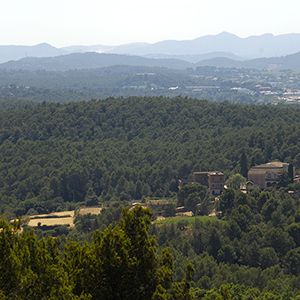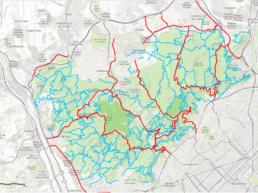
Territorial Information
The management of a natural space is necessarily based on accurate and permanently updated knowledge of the territory. Geographic information tools and tasks are essential for both diagnosis and planning, as well as action and evaluation.
For many years the Park has had its own geographical information system, which supports the different fields of management, natural environment, projects and works, public use, … although it is organically assigned to the Natural Environment Service. At the same time, it responds to technical queries from third parties.
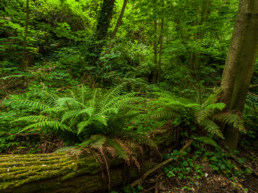
Natural Environment
Wildfires prevention – The area covered by the Plan for the Prevention of Wildfires, managed from the Park, comprises the 32 municipalities that form part of the Environmental Agency of the Metropolitan Area of Barcelona
Forest management – The Park’s forest management encompasses various areas of work that range from drawing up Technical Forest Management and Improvement Plans for publicly-owned forests to fire prevention, repopulation management, and monitoring pests and invasive species in the forest.
Agricultural plan – Agricultural areas are part of the mosaic of the landscape and play an important role in various ways: they generate income, they contribute to passive forest fire prevention, and they create and maintain a diversity of habitats and hence plant and animal species.
Scientific studies – Continuous monitoring of the Park’s natural systems provides a range of data with which to determine the most suitable management measures to encourage biodiverse, sustainable ecosystems
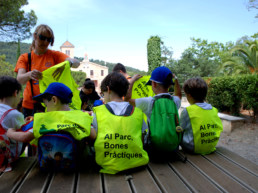
Public use, outreach and environmental education
In the challenge of making use compatible with the conservation of the Park, the strategies of regulation, communication and education are indispensable and integrate as a fundamental axis in management. Beyond improving the user experience, the citizen complicity is sought for the conservation of the Park, and all that its very existence contributes to our health and well-being, as well as to the evolution of the culture of the sustainability.
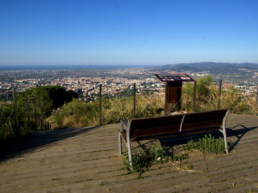
Maintenance and leisure infrastructure
These are systematic and repeated preventative, repair and replacement works and works that require the park’s facilities and equipment. They also correspond to those performed to recover or restore items or installations damaged or in a state of serious deterioration or ruin.
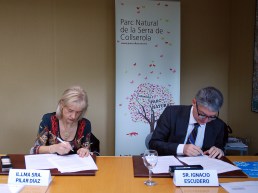
Legal-administrative ambit
The Consortium’s legal and administrative management structures its operations by facilitating the procedures that make the end purposes of its other services possible
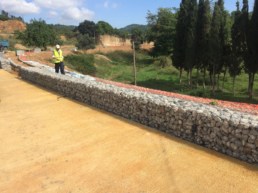
Structuring projects and urbanism
The arrangement of service spaces and road infrastructure facilitates the correct and qualitative use of the Park by the citizens. From the initial planning and management, the design and creation of these structural elements – leisure and stay areas, road elements, viewpoints, etc. – with maximum integration and dialogue with the natural matrix of the mountain range, has been considered key for the good development of the Park in the search for a balance between use and conservation.





